Hello Guys,
First, some files to play with!
Here is the scene (46.6mb), it takes less than 256mb of GPU ram:
http://gallery.realistic-design.com/ari ... _arion.zip
Here is the material I posted earlier:
http://gallery.realistic-design.com/ari ... thane2.rcm
Here is the material posted in the repository (color variation, less yellowish):
http://gallery.realistic-design.com/ari ... df_2.0.zip
Why I said earlier the comparision isn't fair:
From the Maxwell point of view: Arion can use GPU to help rendering, this means, you can litteraly throw all the ressources of you computer to compute the render. I rendered on a core I7 950 (base frequency) + a Nvidia 275GTX GPU. This GPU was one of the fastest when I get it, now it's just a low end one if you compare it to a 580GTX for exemple (cf images). Yet, my 275GTX is already 2 to 3 time faster than my core 7i at rendering, and the 580GTX is several time faster than my 275GTX! + you can actually have more than 1 in your computer. As Maxwell is CPU only, if you have just 1 correct GPU to render along with your CPU, Arion will be several times faster than with Maxwell.
From the Arion point of view: Maxwell is a bidireccional render engine, this means the rays are traced from the camera and from the emiters, this helps **A LOT** cleaning bad cases like little emiters, strong indirect lighting, bad situations when both are involved plus if the scene uses hard materials like frosted dielectrics and/or SSS (just like our dragon). Add to that, and this is only a speculation (Mihai can confirm that maybe) that 2.6.1 of Maxwell seems to have bidireccional SSS (it already has bidirectional dielectrics & frosted - roughness > 0 - dielectric since V2), this means a great boost at rendering this scene in Maxwell 2.6.1. Arion on its side is "unidireccional", this makes him slower in hard cases, like this dragon scene. Yet, you can activate the tremendous amount of rendering power that is a GPU.
So to be fair: we'd need to render with a bidireccional Arion, or with a CPU + GPU Maxwell. Ofcourse none of that will happen now, so the results are to be taken carefully.
Now, as I said I'd be fair and unbiased, I'd like to correct what Bubbaloo said earlier about Maxwell SSS behing several version refined, etc.
This is not correct (from the Arion side): Arion has benefit from Fryrender R&D, the fry SSS has already been refined, so Arion isn't using the 1st version of SSS. Arion also uses (since 1.5.1) the BRDF (material system) in a V2 version, with a new SSS and highly enhanced frosted glass (especially with small emiters). So Arion isn't at V1 of the SSS & materials system, it is at least at V2. So we can't say here: hey Maxwell already had several version of refinement in the material, so it's normal that it is superior. As Arion isn't at the first version either. It is no excuse here.
Ok, now stop the shity blabla, stop the talk, show da pictures!
1. The material we try to reproduce, as you can see, it can have several colors (no to say all), and different roughness too. So lets judge the effects.


This one has golden parts, ignore them:

2. Some arion images (sorry for the different exposures, I didn't render all of them):
6h on my computer, using CPU+GPU (1x275gtx):

Overnight render (can't tell when it gets clean, it's just as a reference of a clean, final render):

What you can expect using 2x 580GTX (rendering time on the images)


I don't need to say anything on time VS GPUs VS amount of noise, the images pretty much say it all.
Now what we all want to see is testing the scenes on Aniki's computer with CPU only on Arion and Maxwell.
Also i'd be nice to see a 1h Arion render on a similar config but using a GPU too.
Also, taking off totally the speed of the equation, what is the best final aspect.
EDIT: Exposure corrected final render (level):

If you need anything else from me, please feel free to ask.
Raph










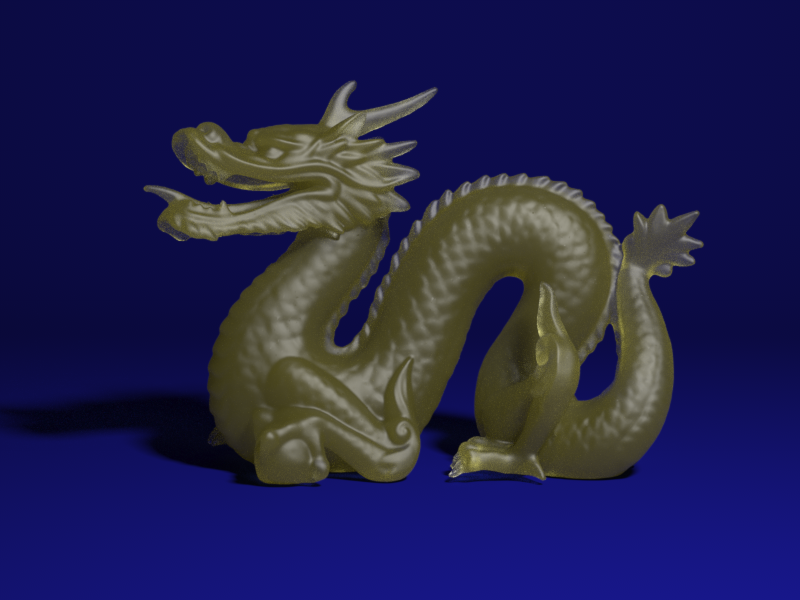
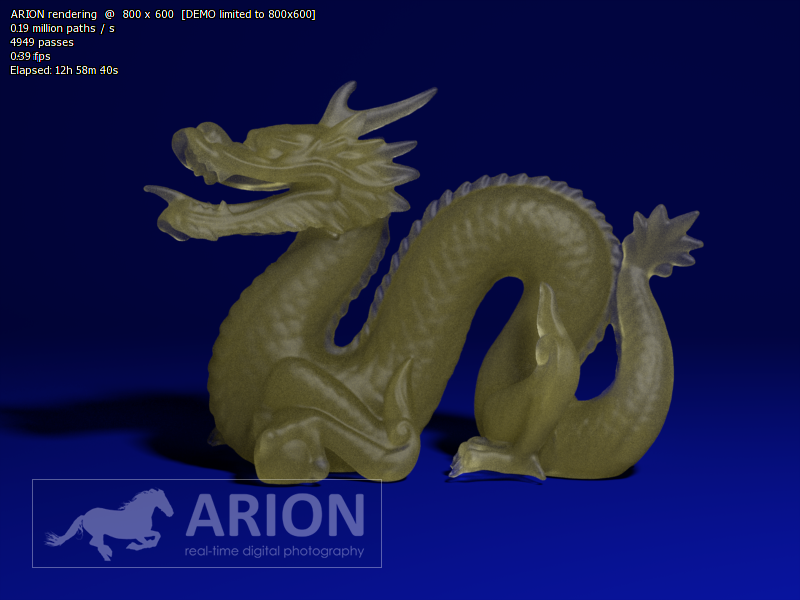

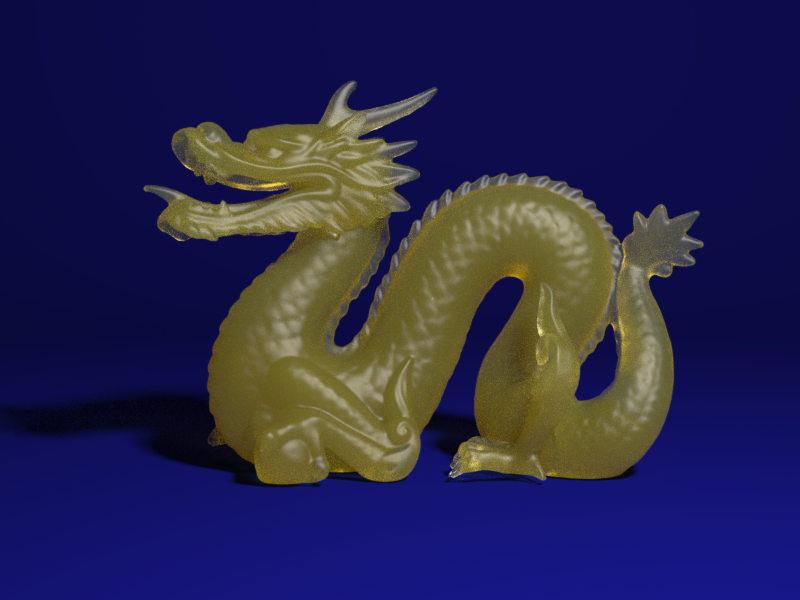
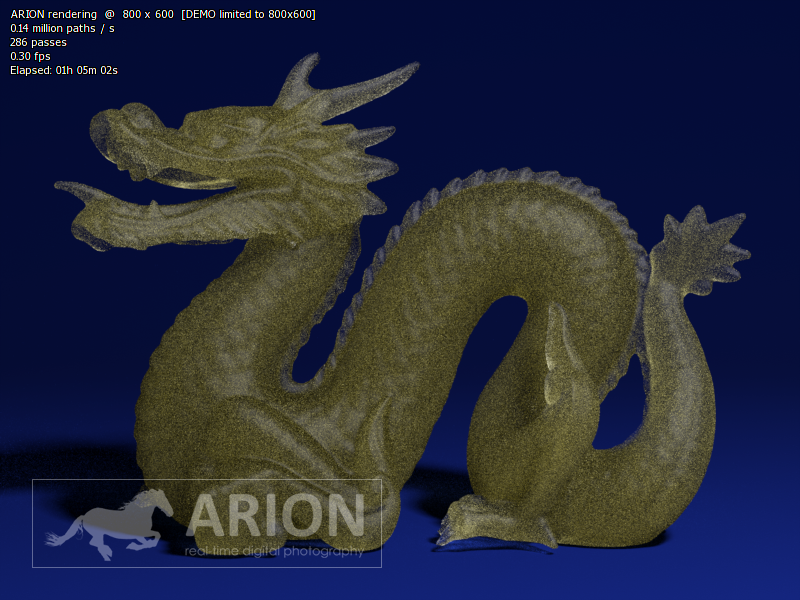
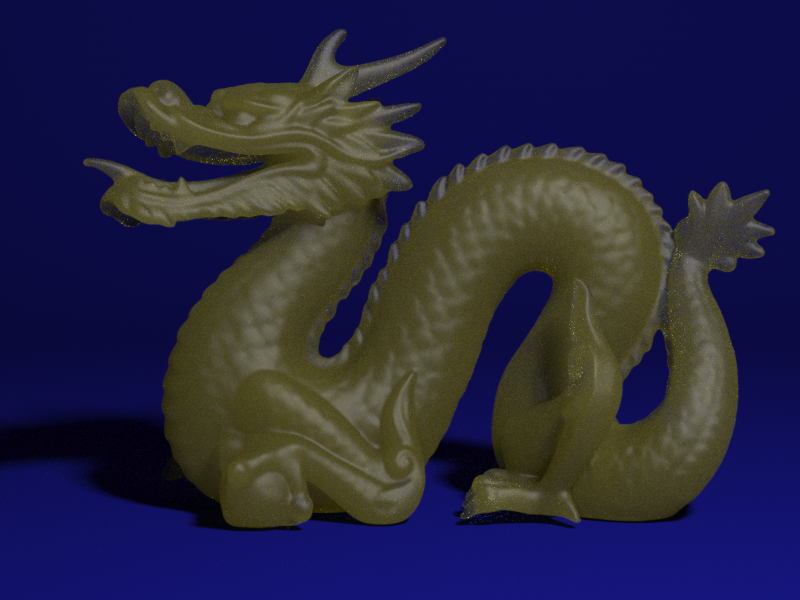



 - By Mark Bell
- By Mark Bell